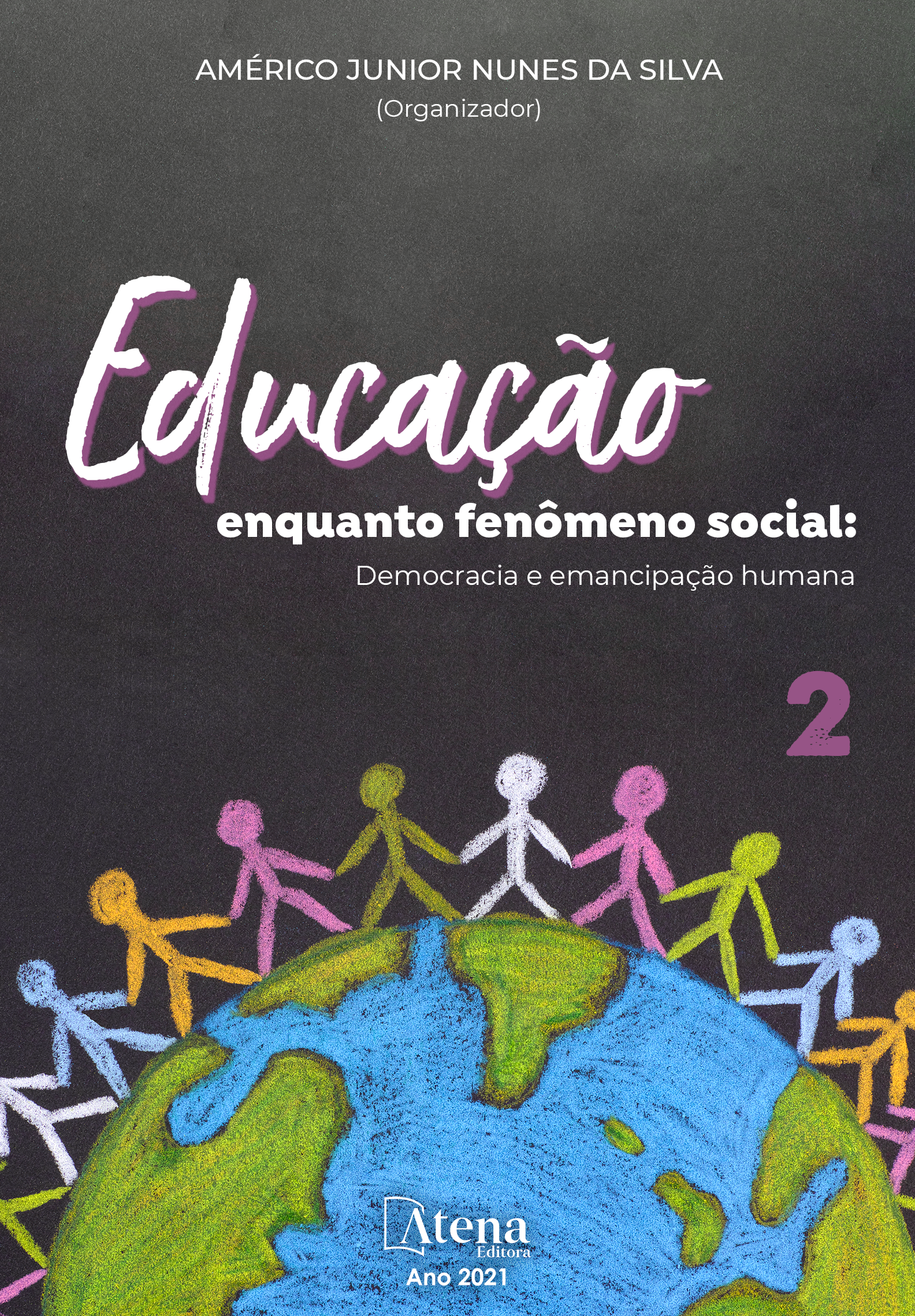
INCLUSÃO DIGITAL EM ESCOLAS DO CAMPO: UMA AVALIAÇÃOBASEADA EM DADOS SECUNDÁRIOS
O ano de 2020 está marcado historicamente por uma das maiores emergências em saúde pública em escala mundial, afetando diversos setores, de forma a evidenciar as desigualdades sociais. Na educação, percebeu-se as desigualdades no acesso ao ensino remoto, implantado também no Brasil. A educação no campo, antes mesmo da pandemia do novo coronavírus, já se apresentava a margem de políticas públicas e aquém de recursos tecnológicos. Considerando a inclusão digital como a atual forma de manter o ensino seguro neste momento e sabendo que esta inclusão se dá de forma mais desigual em escolas da zona rural, buscamos dados secundários sobre o uso da internet na educação para traçarmos um diagnóstico emergente sobre o ensino remoto em escolas do campo. Os resultados desta avaliação apontaram que o celular vem sendo a ferramenta tecnológica mais utilizada para acessar as aulas à distância. Metade das escolas rurais possuem computador e apenas 24% destas possuem acesso à internet, sendo que 40% das escolas afirmam que não há estrutura para acesso à internet na região. Através destes pontos em destaque, pautamos a necessidade da organização da rede de ensino, priorizando locais de difícil acesso a internet, de vulnerabilidade, para que sejam implementadas estratégias de promoção ao ensino à distância de forma qualificada.
INCLUSÃO DIGITAL EM ESCOLAS DO CAMPO: UMA AVALIAÇÃOBASEADA EM DADOS SECUNDÁRIOS
-
DOI: 10.22533/at.ed.5362116117
-
Palavras-chave: Escolas Rurais; inclusão; inclusão digital; tecnologias de informação e comunicação
-
Keywords: Rural Schools; inclusion; digital inclusion; information and communication technologies.
-
Abstract:
The year 2020 is historically marked by one of the biggest public health emergencies in the world, affecting several sectors, in order to highlight social inequalities. In education, it was noticed the inequalities in access to remote education, also implemented in Brazil. Education in the countryside, even before the new coronavirus pandemic, was already on the fringes of public policies and short of technological resources. Considering digital inclusion as the current way to keep teaching safe at this time and knowing that this inclusion is more unequal in rural schools, we searched secondary data on the use of the internet in education to draw an emerging diagnosis on teaching remote in rural schools. The results of this evaluation showed that the cell phone has been the most used technological tool to access distance classes. Half of the rural schools have a computer and only 24% of these have internet access, with 40% of the schools claiming that there is no infrastructure for internet access in the region. Through these highlighted points, we underline the need to organize the education network, prioritizing places of difficult access to the internet, of vulnerability, so that strategies to promote distance learning in a qualified manner are implemented.
-
Número de páginas: 15
- Natália Rampelotto Santi
- Paula Lamb Quilião


